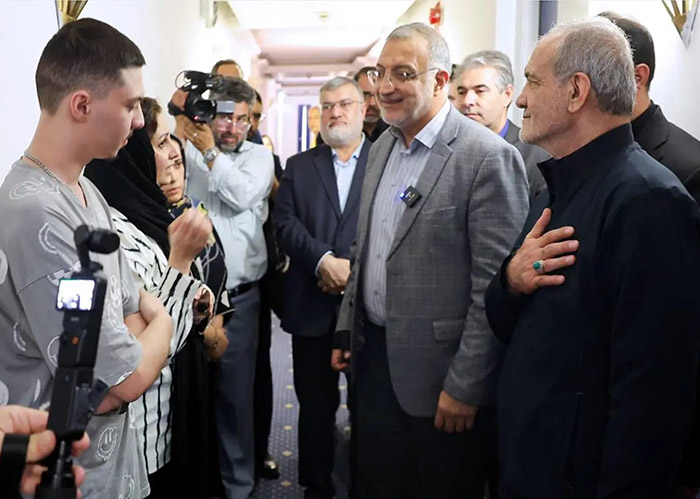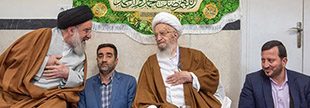The 12-Day War and the Future of Middle East Peace: Building Beyond Victory
I. A Victory Measured in Futures, Not in Ruins
The so-called “12-Day War” between Iran and Israel, as dubbed by former U.S. President Donald Trump, may indeed signify the closing chapter of Israel’s longest undeclared war — the shadow conflict that has spanned decades, marked by proxy battles, covert operations, and simmering tensions. However, this conflict’s true legacy will not be defined by the targets destroyed or the military victories claimed. Its enduring meaning will be shaped by the resilience of the societies that survived it and the structures they build in its aftermath.
For decades, Iran’s influence in the Middle East stretched like a shadowy hand over the region. Through a web of proxies and alliances — Hezbollah in Lebanon, Hamas in Gaza, the Houthis in Yemen, and various Iraqi militias, bolstered by the Assad regime in Syria — Tehran exerted pressure on Israel from multiple fronts. The network created a near-containment ring around Israel, a “resistance axis” that defined Middle East geopolitics for years.
Yet, the swift joint Israeli-American campaign during the 12-Day War struck at the heart of this web. Hezbollah’s supply chains were severed, Hamas’s operational capabilities degraded, Houthi drone strikes countered, and the Iranian nuclear program set back by months, if not years. For the first time in decades, Iran’s perceived stranglehold on the region cracked.


